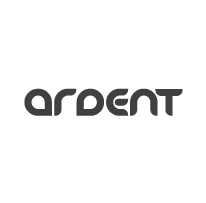Data integration – what it is, the key benefits and the different types
15 February 2023 | Noor Khan
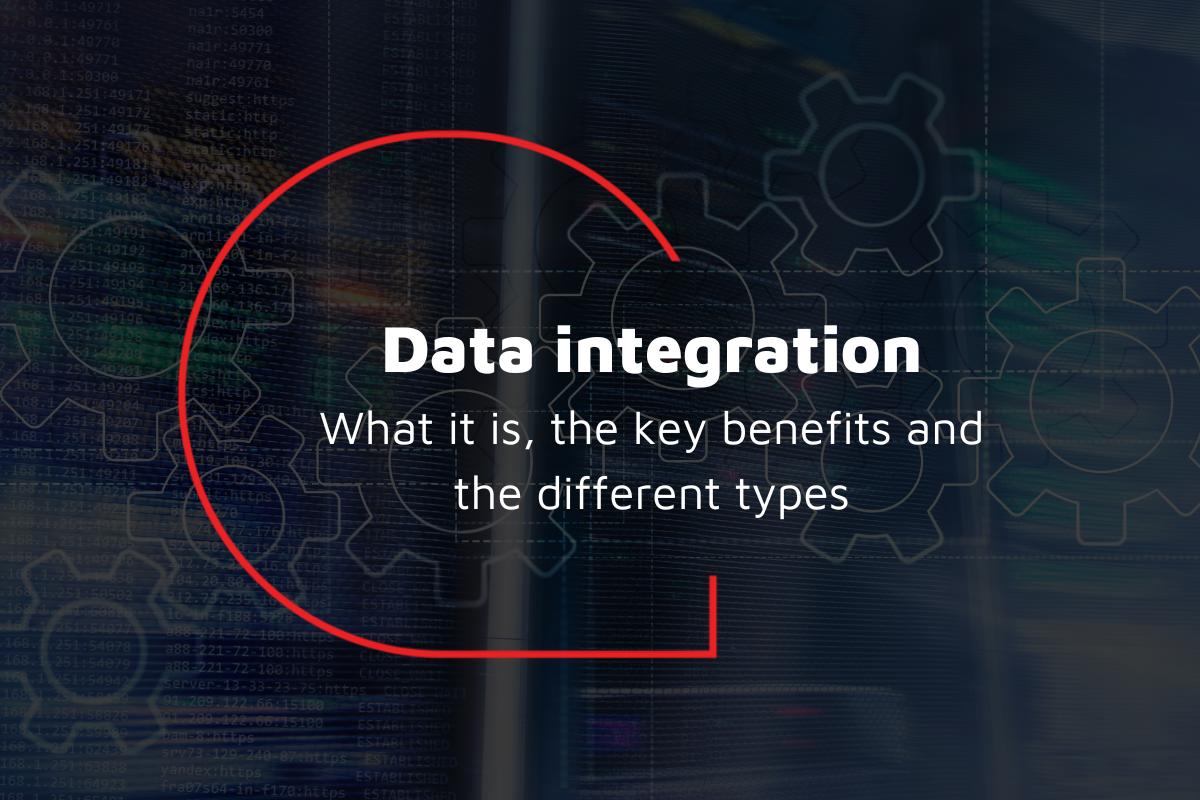
What is data integration?
Data integration is the process of collecting data from disparate sources and presenting it in a unified view offering a single source of truth. Data integration can consist of two or more data sources being integrated; this can range from integrating CRM data with customer payment data to gaining rich insights into the purchasing habits of customers.
What are the key processes?
The process of data integration has multiple stages, and will typically follow the ETL stages:
- Extract – the data will be extracted from the multiple sources required.
- Transform – During the transformation process, the data will be processed, cleansed, validated and enriched.
- Loaded – This data will then be loaded in the data storage infrastructure, whether that is a database, data warehouse or data lake.
- Data visibility – The data storage will then be connected to an API, data reporting or a BI tool for businesses to gain insights.
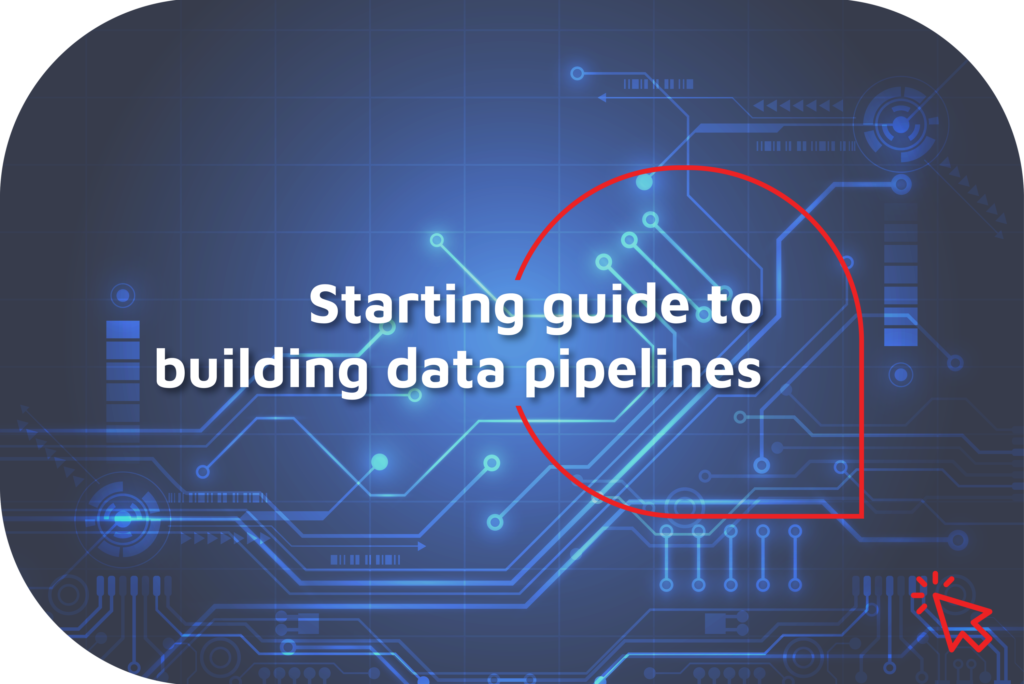
What are the key benefits of data integration?
Data integration offers multiple key benefits, and they include:
- Richer insights – with a full picture, businesses can gain richer insights to spot commercial opportunities, improve business performance and more.
- Uniform approach – with collated data from multiple departments such as finance, sales and marketing, businesses can take a uniform approach and improve collaboration to drive results.
- Save times and improves efficiency – Businesses can significantly save time and resource if their data integration process is automated.
- Spot opportunities – Business leaders can spot opportunities and notice gaps to increase revenue by identifying new revenue streams or expanding existing offerings.
- Real-time decision making – If you are processing your data in real-time through the data integration process, you can make decisions in real-time to become truly agile and adapt to changes in the market quickly and efficiently.
- Build stronger client relationships – With integration, you understand your customers better by their behaviours, habits, needs, preferences and much more to improve your service to build strong customer relationships.
- Improve data quality – Integrated data will go through the ETL process which will remove poor-quality data, and any duplicate or irrelevant data to improve the quality of your data.
What are the challenges with data integration?
The following are some of the challenges you may face when it comes to data integration:
- Data security – When you are dealing with data from multiple sources and you may have challenges with ensuring confidential data remains confidential within the organisation. For example, if you are integrating confidential HR data, then you need to ensure that there is access control in place so the data is only accessible to authorised personnel.
- Costs – Setting up the data integration infrastructure and maintaining it to ensure quality can be costly to organisations, especially for organisations dealing with large volumes of data.
- Using manual processes - Taking the manual approach to integrating data with the likes of Excel spreadsheets and Google Sheets may seem like a good option, especially when you are starting. However, this can quickly become a challenge as your data and organisation grow.
- Ensuring data quality – It can be difficult to ensure data quality, especially when data is coming from multiple sources. This can be overcome with efficient ETL processes.
- Expertise and skills required – If you do not have the right skills and expertise, you may waste time and resources. Therefore, it might be worth considering investing in a third party that offers you the expertise required to set up your data integration processes effectively.
What are the different types of data integration?
Five commonly used data integration types include:
Common User Interface (UI)
This common user interface approach is also referred to as a manual approach. It requires the manual process of locating the data in each source and comparing it to gain the insights and information required.
Middleware
Middleware data integration requires a software layer such as APIs to connect two or more applications and enables them to communicate to offer rich insights.
Application Based
The application-based approach to data integration collects data from multiple applications and integrates them so the information is made compatible, despite the difference in source and type of data.
Uniform Access
The uniform access data integration does not require the data to be moved, it allows for the data to remain in its original location. However, data is presented uniformly, which works well for data that is similar in terms of source and type.
Common Data Storage
Common storage data integration collects the data from multiple sources and stores it in a centralised space such as a data warehouse.
Ardent data engineering services
Ardent provides cost-effective, reliable and future-proof data engineering services to clients across multiple industries. If you are looking to integrate multiple data sources to gain rich insights, drive decision making and spot opportunities for growth, then we can help. Our highly skilled engineers are proficient in world-leading technologies and can help you unlock the potential of your data. Get in touch to get started or explore our client's success:
- Managing and optimising 4 petabytes of client data for an IPO-listed client
- Improving data turnaround by 80% with Databricks for a Fortune 500 company
- Ensuring data availability with expert operational monitoring and support
Ardent Insights
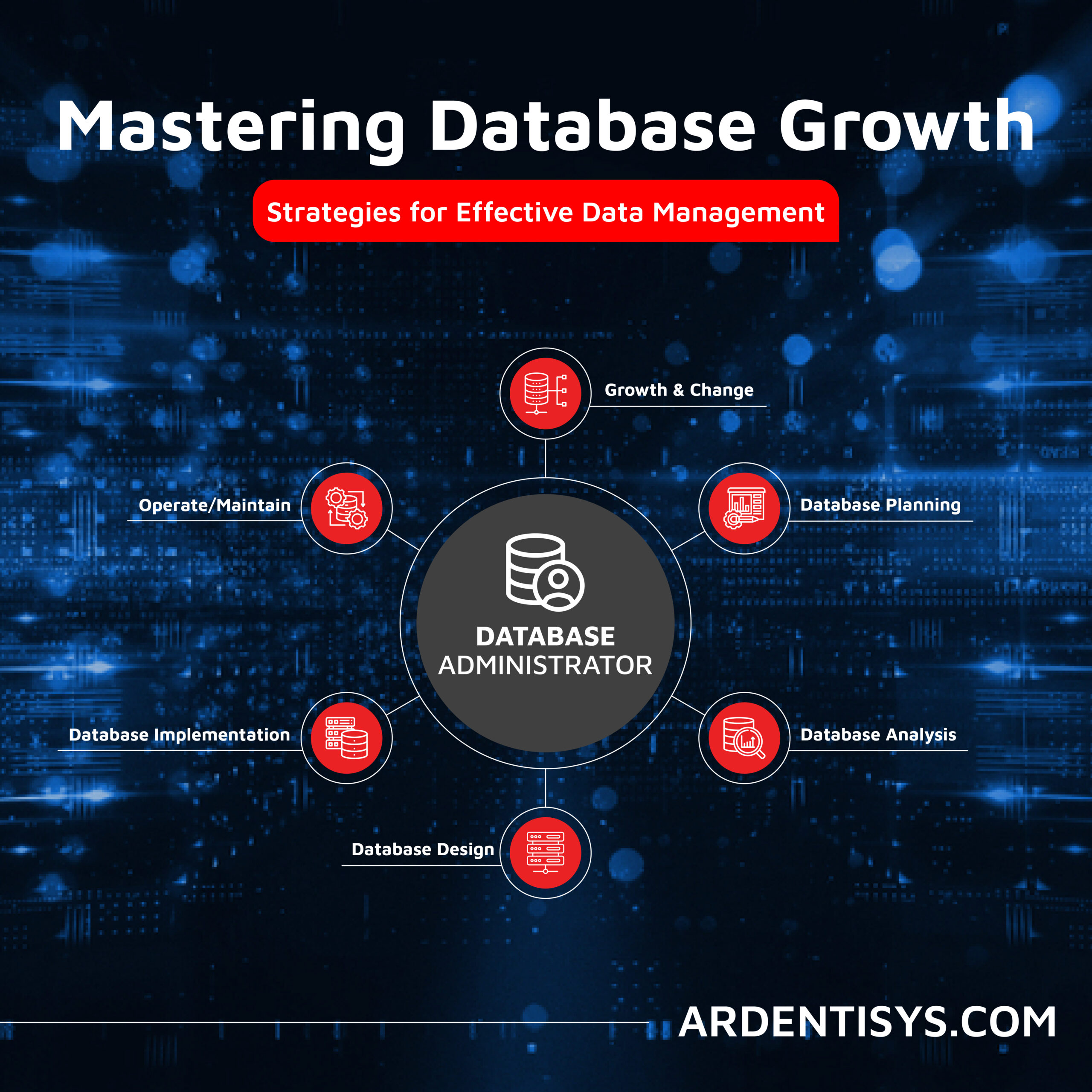
Overcoming Data Administration Challenges and Strategies for Effective Data Management
Businesses face significant challenges to continuously manage and optimise their databases, extract valuable information from them, and then to share and report the insights gained from ongoing analysis of the data. As data continues to grow exponentially, they must address key issues to unlock the full potential of their data asset across the whole business. [...]
Read More... from Data integration – what it is, the key benefits and the different types
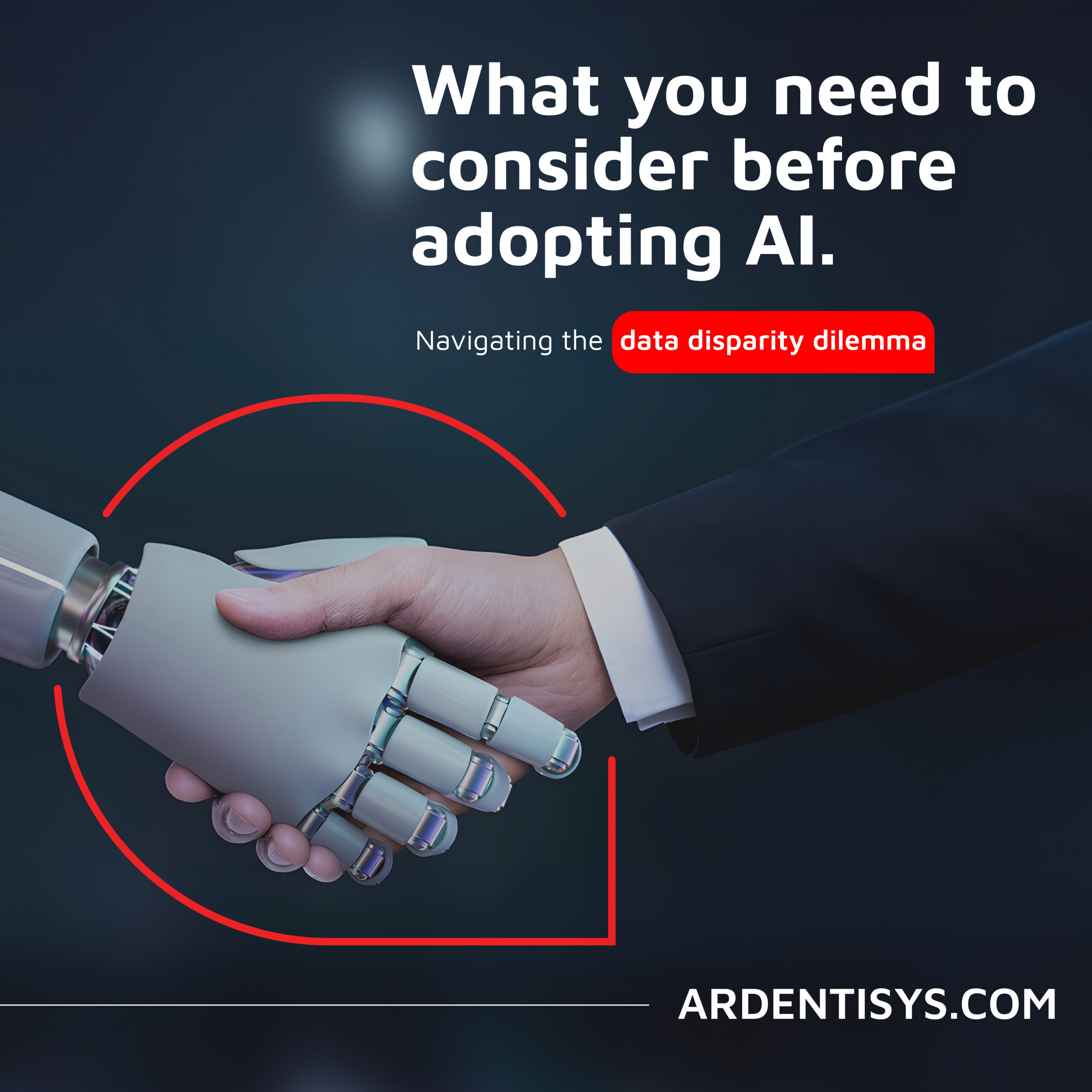
Are you considering AI adoption? We summarise our learnings, do’s and don’ts from our engagements with leading clients.
How Ardent can help you prepare your data for AI success Data is at the core of any business striving to adopt AI. It has become the lifeblood of enterprises, powering insights and innovations that drive better decision making and competitive advantages. As the amount of data generated proliferates across many sectors, the allure of [...]
Read More... from Data integration – what it is, the key benefits and the different types
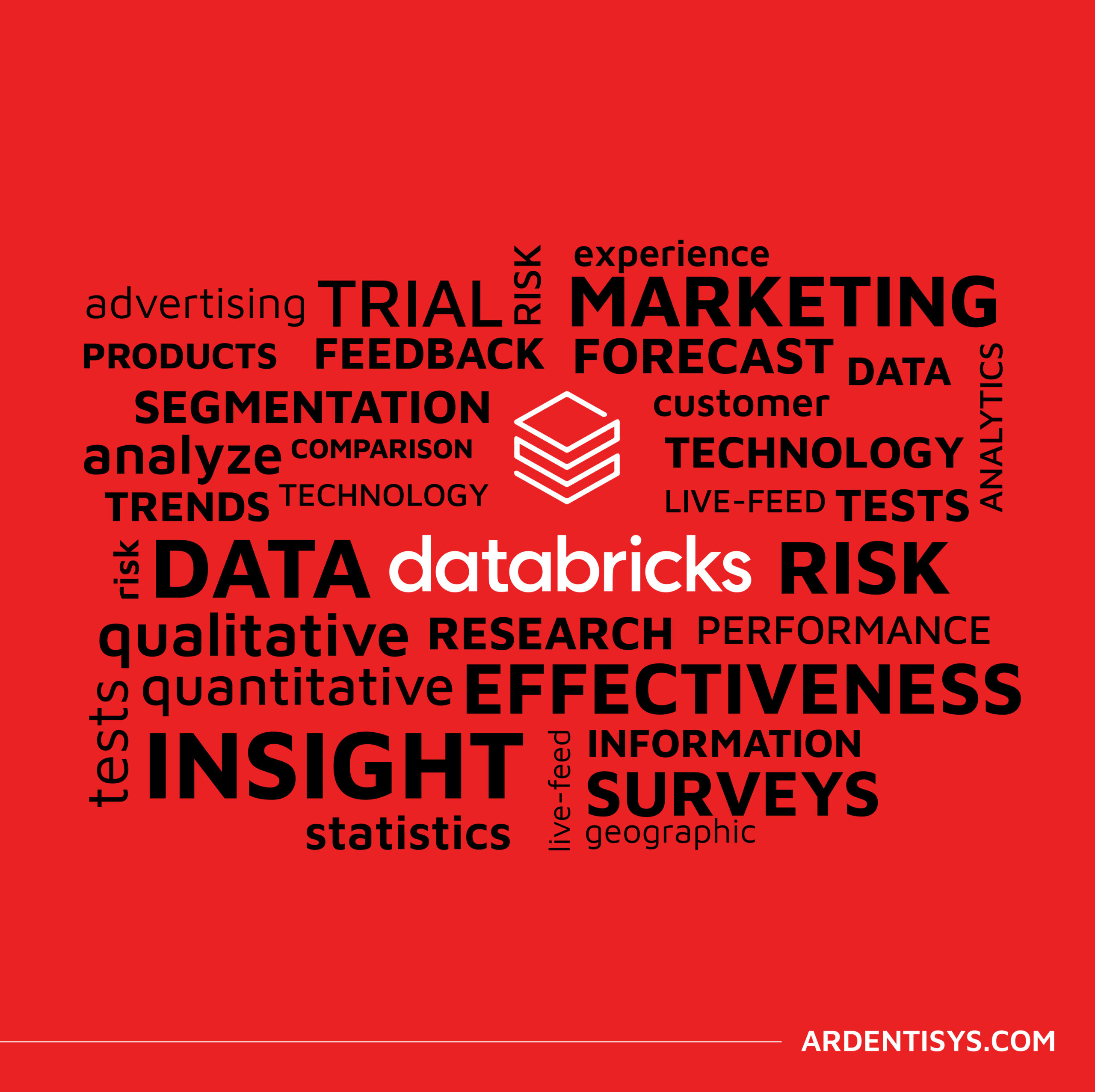
Why the Market Research sector is taking note of Databricks Data Lakehouse.
Overcoming Market Research Challenges For Market Research agencies, Organisations and Brands exploring insights across markets and customers, the traditional research model of bidding for a blend of large-scale qualitative and quantitative data collection processes is losing appeal to a more value-driven, granular, real-time targeted approach to understanding consumer behaviour, more regular insights engagement and more [...]
Read More... from Data integration – what it is, the key benefits and the different types




